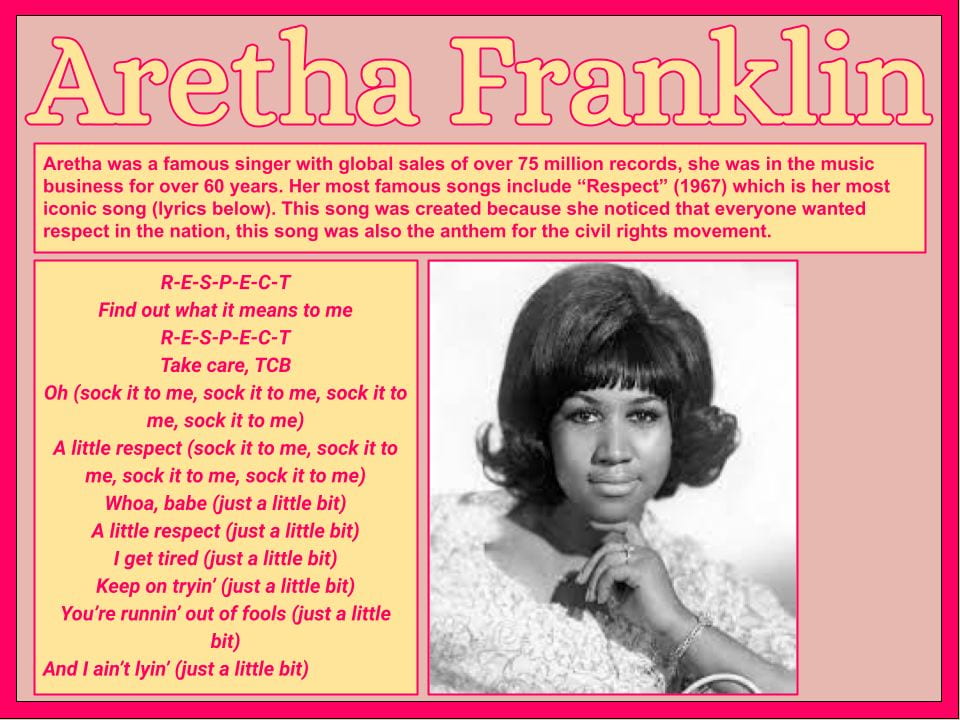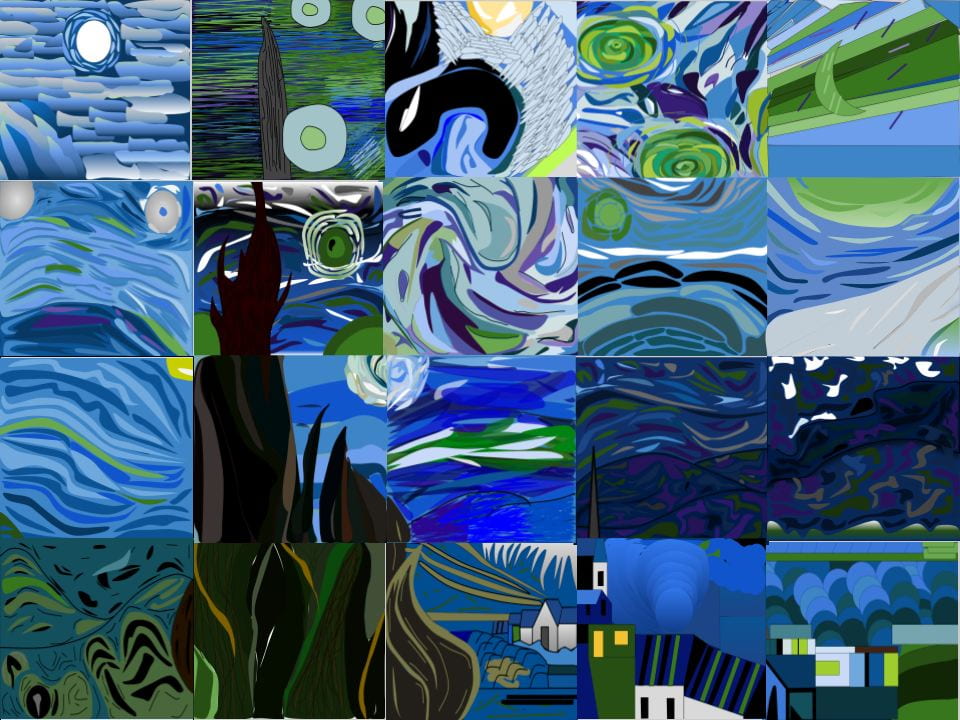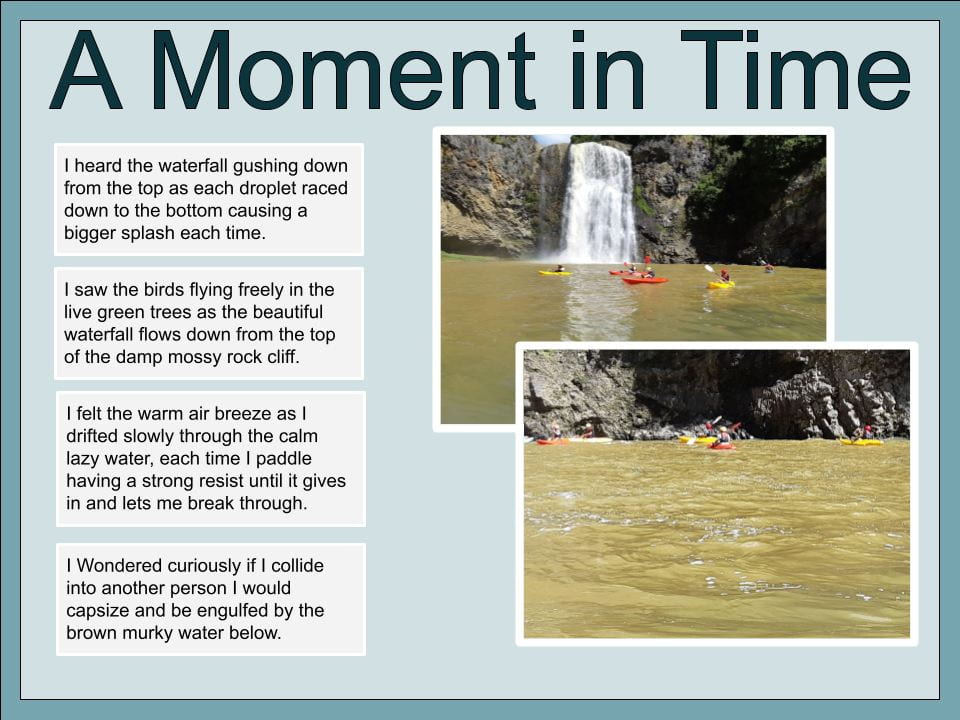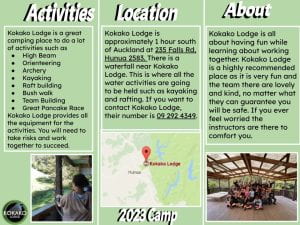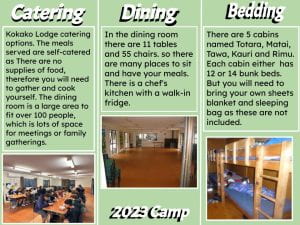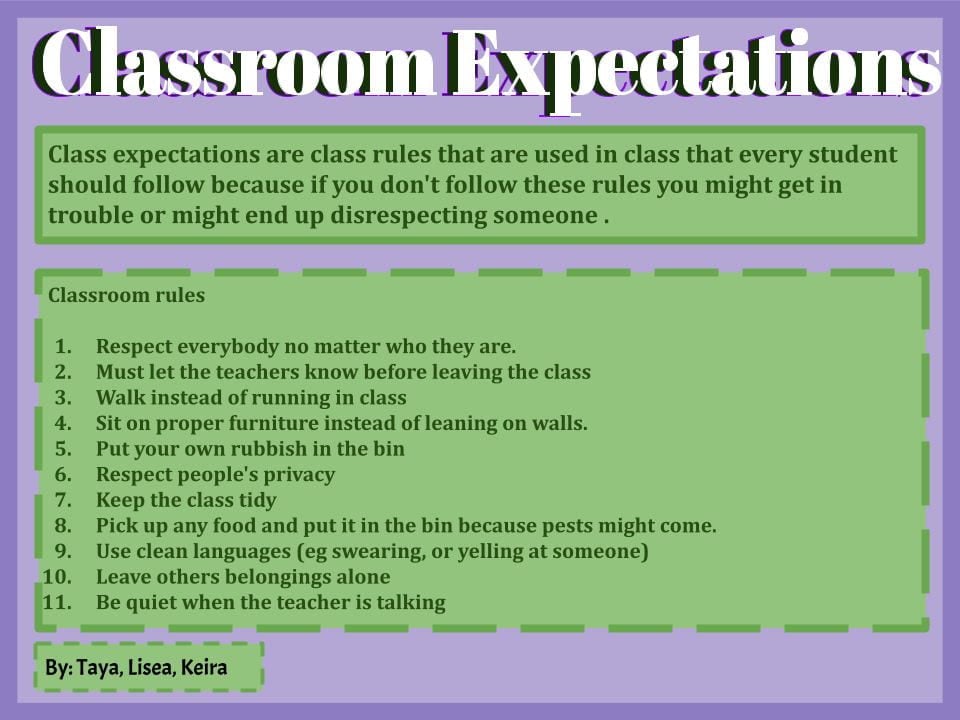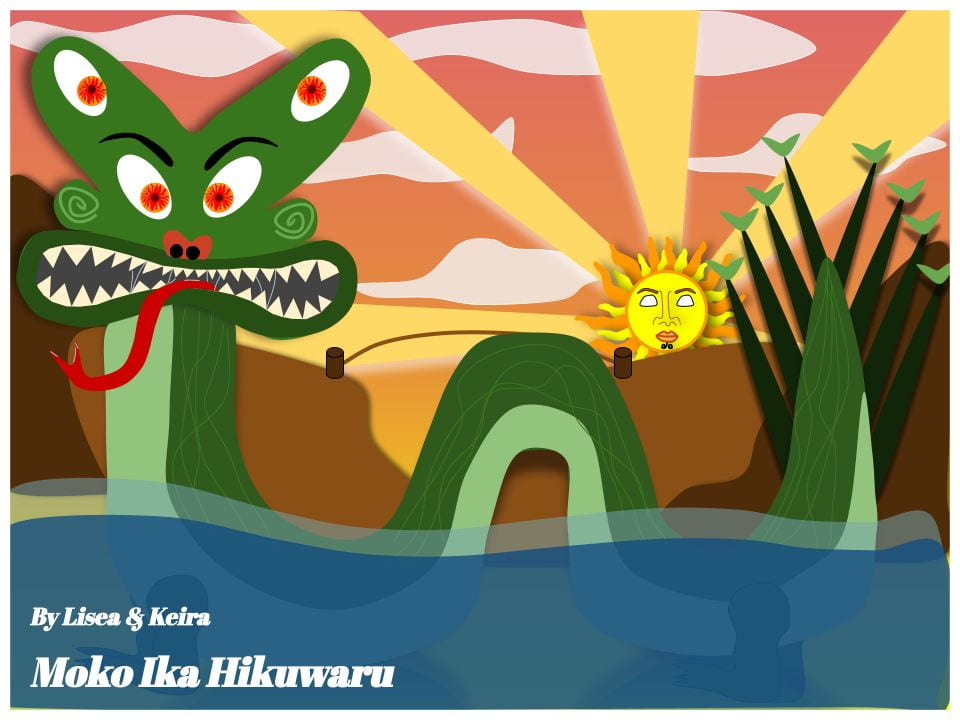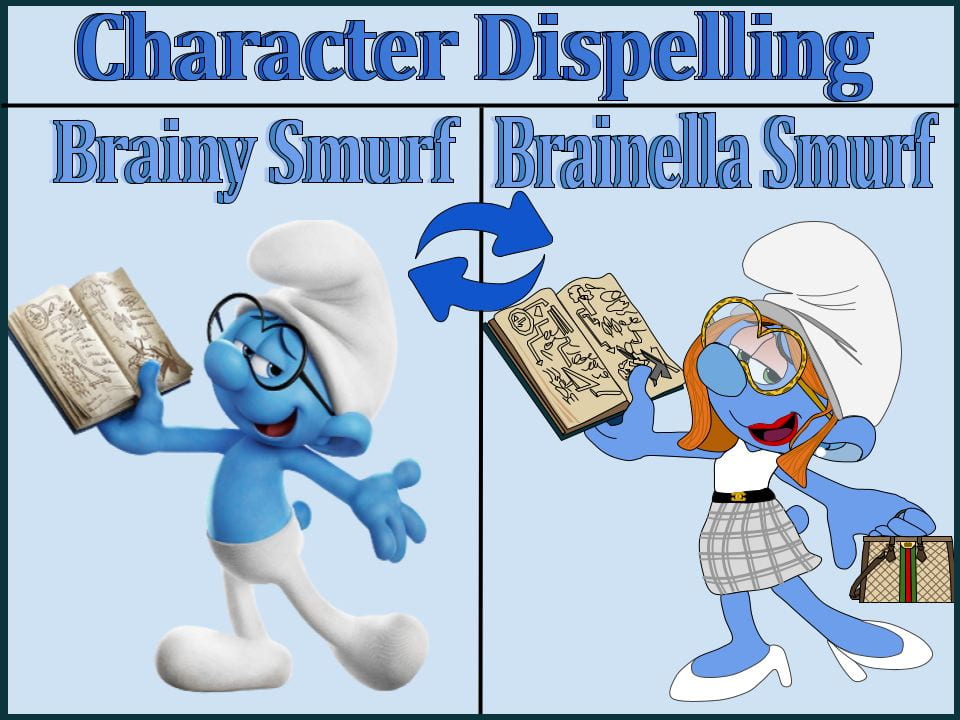
For reading I chose a character from a text and dispelled the gender bias. I chose Brainy smurf as my character, when I dispelled the gender I changed a few things, for example a gave her more feminin clothing and a more defined body shape. While I was dispelling the gender I stayed with the theme of a steryotypical “nerd” because ofter when you hear the word “brainy” people think about “nerds”.
I enjoyed this activity because I got to take one of the characters I like and dispell the gender bias that followed from the past in evolution. This task let me express my ideas and think about questions like “what actually would my character look like as a female?” overall this activity helped me display my creativity and learn about gender bias and how men are displayed as more empowering as woman.
